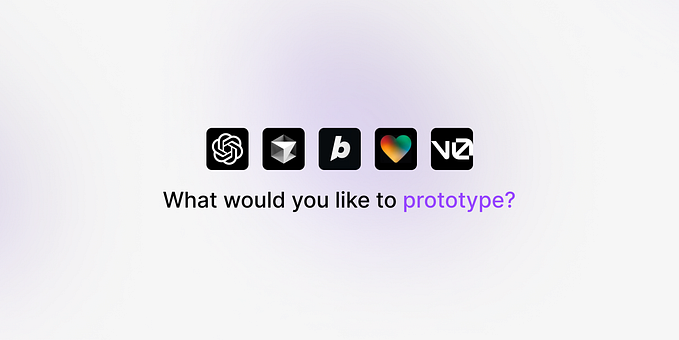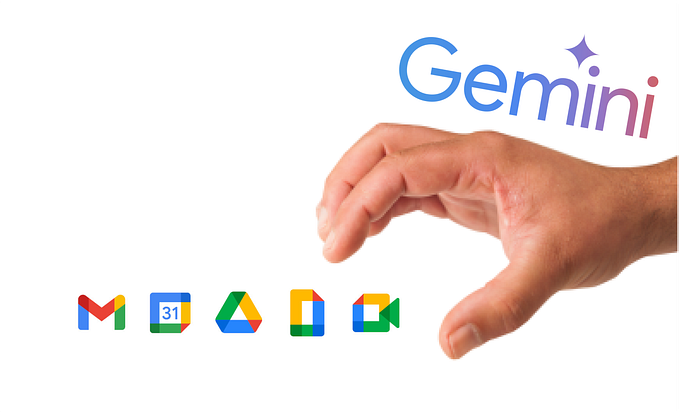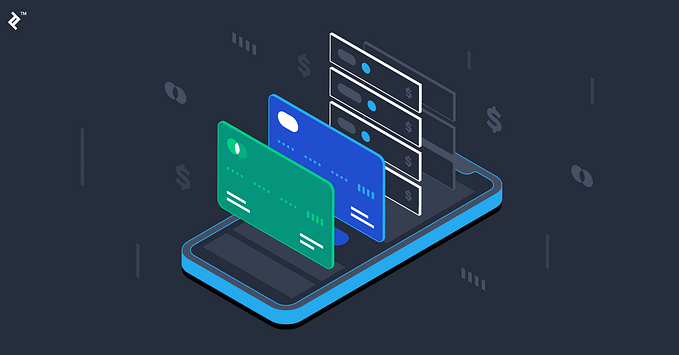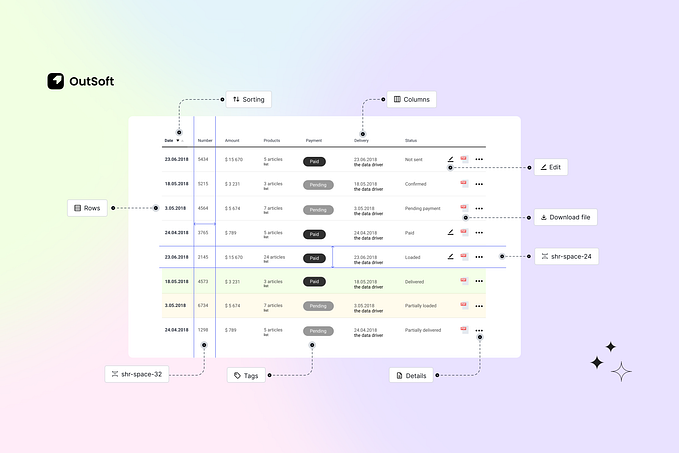Why is it so hard to manage designers?
Problems with the current state of our industry, and tips to fix them.

I have a confession to make. As a young Design ‘pioneer’ in many tech companies, I always felt like I had to deal with some sort of unfairness: all I wanted to do was ‘design’ — have the peace of mind to solve business problems by making cool things, in some fun, efficient, collaborative way — but I had to spend most of my energy advocating for obvious best practices and processes across the entire company. I often wished someone could remove that burden from me and just let me do my thing.
Why did they hire me just to leave me entangled in their organisational problems? Why the reality inside small/medium European tech companies was so different from the San-Francisco-books? For example, why was I constantly justifying or explaining my presence? So. Many. Questions.
With time, I figured that my real mission was to become the epicentre of change those organisations needed to embrace a Design mindset — but honestly, I was completely unprepared and untrained for it.
So I went through phases: I started learning about all areas of the business, I violated my introvert self and claimed my seat at every meeting, started advocating for design best practices and spent days writing essays about them to ‘convince’ the rest of the company. At this point, I thought I was finally enlightened and accepted my new role.
Beautiful. Fast-forward to today and looking back, I’m just starting to realise how much creative energy I wasted because Design wasn’t already at the core of those companies and decided that all this is frankly unacceptable. We have a problem with the current state of Design.

Disclaimer: When I say “designers” in this article, I refer to roles in Product Design, User Experience Design, User Interface Design, Interaction Design and similar. When I use the unspecific word Design (instead of Design Thinking or other buzzwords), I refer to the philosophy that’s the baseline of all these disciplines, but that can and should be adopted by anyone, without the need for those words to be part of their job titles.
Design is a mindset and not just a discipline that manifests itself in a variety of roles. And surely it has nothing to do with making things prettier. It’s a very ambiguous word, unfortunately. But now you know, it’s a way of working that invests many different disciplines, and that has very strong principles at heart. For Design to be effective, a company needs to believe in and commit to those principles.
Unless someone still has doubts that we are all makers of things, that we should build products together, with our users in mind, basing our decisions on a learn>iterate>measure cycle, and feel an enormous ethical responsibility on our shoulders… in 2020, Design should be one of those words we absorbed, like ‘digital’ or ‘interactive’, that became so obvious that now can be safely omitted.
(Sorry, I’m gonna say it…)
Companies should just be born with a Design mindset at their core.
Yet, Design is still not obvious at all, and I see companies making terrible mistakes, wasting their money and energy. Integrating Design teams is still a mystery.
Why is it so hard to embrace Design and why is it so hard to handle designers (so much that most of them will go through an existential crisis at some point)?
I tried to bundle up some advice from my point of view. Some ways to avoid the most common pitfalls.
1. Get your Operations in check
OK… Some companies are just dysfunctional and bad at management and operations in general. Those companies will just hire the wrong people and screw their careers. Or maybe they’ll hire the right ones, but lose them along the way. With pretty bad foundations, they will fail to effectively share their vision, empower their people and leverage their potential to achieve their business goals. It means that the same existential crisis that a designer can feel, will also be felt by an engineer, a Marketing or BD person.
Create structure and support
Companies that want to hire their first designer, or their 100th, should think about the experience they’re creating and the growth paths they’re making available for that human being. Did someone listen to their aspirations? Do they have what it takes to help them thrive? Do they need a special onboarding process? To be able to create a design team, or scale an existing one, companies must have a solid, tailored framework to support them.
Be strategic when hiring/building a team
Building a great team is like making a band, it’s essential you put people in the right roles.

This means being intentional and strategic about every single role, being specific and transparent in defining their responsibilities, and involving the right people in the hiring process.
A Product team with missing or overlapping key roles, unclear responsibilities and consequential nonsense process, will only generate unwanted drama that will spread like a virus, and ultimately, will prove to be highly inefficient.
Understand team dynamics (basically, just be a good leader)
Most of the companies out there are not prepared to manage designers in relation to other key roles, mostly because they lack the understanding of the best practices to create a truly empowered team.
Companies are made of wonderful human beings, therefore, each company is a universe on its own, with its own ever-evolving ecosystem, underlying rules and magic chemical reactions. Even hiring the five smartest people doesn’t automatically equate to success, as unexpected team dynamics can come in the way of great work. All that is expected from managers/leadership is to truly care, listen and monitor those dynamics to create the conditions for each member to unlock their potential. As Nicole said:
“Your goal as a manager is to 10x the people around you by empowering them to do their best work.”
2. Learn what makes an empowered Product Team
Young designers might not know: even great companies are not necessarily knowledgable about Design. I found out pretty soon that even those that claim to be Agile ninjas, often don’t know how to deal with designers, let alone how to build effective Product teams. That’s partly because ‘Design’ is a forever-evolving, fluid and often misunderstood term no one can be bothered to keep up with, and partly because designers often fail to bring clarity into these contexts (more on that below).
In a glimpse of design-maturity, I thought that was fair:
“It doesn’t make sense to hire smart people and tell them what to do; we hire smart people so they can tell us what to do.”
— Steve Jobs
…But someone forgot to mention that limbo where companies won’t fully trust those smart people or give them the necessary autonomy, support or resources to make an impact.
Today, I would expect the leaders at any company trying to hire Product Designers to have a good understanding of what an empowered Product Team looks like.
Marty Cagan perfectly explains the difference between (real) Product Teams and Feature Teams. Three simple components make up real Product Teams:
[…]they are cross-functional (product, design and engineering); they are focused on and measured by outcomes (rather than output); and they are empowered to figure out the best way to solve the problems they’ve been asked to solve.
Feature teams are those teams that are not empowered and only exist to serve the business, delivering features, occasionally projects, provided to them in the form of a roadmap.
Use Marty’s definitions to understand where you stand.
In an empowered product team, the product manager is explicitly responsible for ensuring value and viability; the designer is responsible for ensuring usability; and the tech lead is responsible for ensuring feasibility. The team does this by truly collaborating in an intense give and take, in order to discover a solution that works for all of us.
I strongly believe that to create meaningful work, the presence and the healthy dynamics within these three roles is really not negotiable. Anything else just isn’t Product Design.
3. Be ready to change the mindset
Companies that are new to the design world, but are curious to enter it, should know that just adding one person that’s skilled in some design discipline is not enough to quickly reap the benefits of a Design culture (assuming that’s what they want in the first place). The habit of approaching a problem from a design perspective is a much larger transformation that entails involving the whole team, getting uncomfortable, restructuring, giving up some control, potentially working with methods never used before. Above all, sometimes it means shifting perspective towards users or the common good, and away from the business, which, yes, can be scary.
4. Compare expectations
Every company is implementing its own interpretation of Design, and that might be OK, as long as it’s clear for everyone what that is.
As designers, we can easily and rightfully feel invested with the huge responsibility of executing a design ‘transformation’ when it was never our company’s intention to undertake that journey. It’s important to align on the meaning of ‘Design’ from day one and clarify what everyone’s expectations are. I’m talking about meeting as soon as possible to discuss:
- What’s the purpose of this company and what’s its vision for the future (note: two different things)? What’s the current plan to execute that vision? How do they think Design will contribute towards those goals?
- What’s their understanding of Design and what structure and processes do they have already in place to support it?
- What risks are they willing to take and what changes are they willing to make to facilitate a smoother collaboration with the Design team in order to achieve those objectives?
- What is expected from your role? and from your team? How will they measure your success?
- What’s the final decision-making process?
- Etc.
That’s a conversation in which designers can provide a lot of input. What’s important it’s not taking anything for granted.
5. If you’re a designer, you should provide clarity
Of course, the responsibility for a good relationship lies with both sides. Before we talked about companies not providing autonomy and support to their employees; now we talk about employees that for whatever reason are shying away from taking ownership and making decisions.
Designers must learn to pitch the business value of design and become more conscious of their role of ‘gatekeepers’ of what we are bringing into the world. We have to protect this role and gain credibility through our actions. Assuming our value is obvious to everyone or simply refusing to embrace the unexpected political aspect of our profession is a mistake. We can try to work with already ‘design-savvy’ companies that can make our life easier, but really, the essence of our profession lies in the effort we make every day helping those companies become more conscious of their impact on other human beings. That can be done at any company, with any proficiency level.
Designers can also improve their position through knowledge — Most of my frustrations were due to the fact I couldn’t distinguish between what was normal and what was just dysfunctional. If you can recognise what’s was going on around you, you’d have more elements to make better choices such as ‘fight or flight’.
We are makers of things and we own the processes to make those things. In 2020, we have the shared ethical responsibility to do it right.










